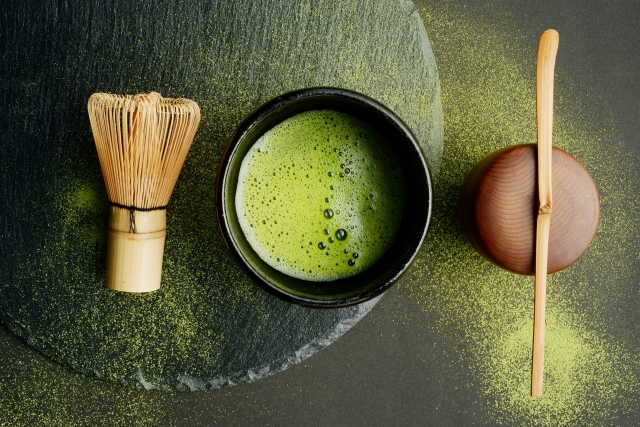Planning a trip to Japan? Then you absolutely must add a tea ceremony experience to your itinerary! The tea ceremony isn’t just about drinking tea; it’s a living art form, a profound embodiment of Japanese culture, history, and philosophy. With a little preparation beforehand, your tea ceremony experience will be much deeper and more memorable.
Why Do We Recommend a Tea Ceremony Experience?
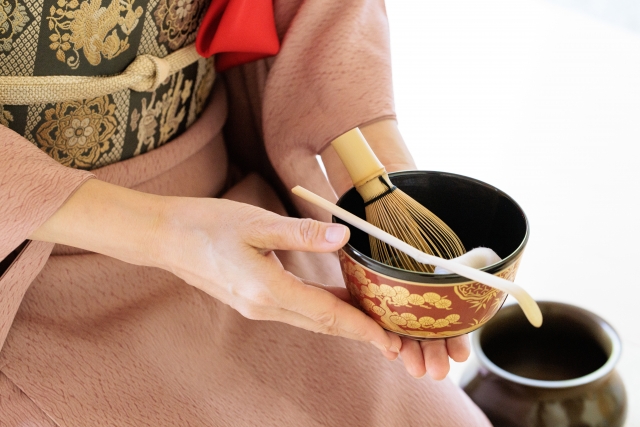
A tea ceremony offers a precious opportunity to truly feel the spirit of Japanese “Omotenashi” – heartfelt hospitality. In a serene and beautiful space, the flowing sequence of movements performed right before your eyes will surely calm your mind and help you forget the hustle and bustle of daily life.
Furthermore, the tea ceremony values the spirit of “Ichigo Ichi-e.” This phrase means, “This encounter is a once-in-a-lifetime opportunity, so we should offer the best possible hospitality.” Both the host (the person preparing the tea) who welcomes you and you, the guest, focus on that very moment, connecting hearts to create a truly special time.
What to Know Before Your Experience
The tea ceremony is profound, but there’s no need to overthink it. Keeping the following points in mind will help you enjoy the world of tea ceremony even more.
1. Where Does the Experience Take Place?
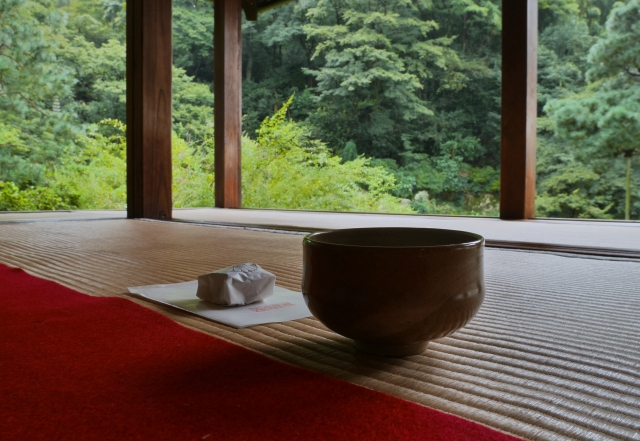
Tea ceremonies are primarily held in a dedicated room called a chashitsu (tea room). A chashitsu is a tranquil space built with natural light and simple materials. A seasonal hanging scroll and flowers are arranged in the tokonoma (alcove), with Japanese aesthetics visible in every detail.
At many tea rooms, you’ll remove your shoes at the entrance and change into slippers. While some places require you to sit in seiza (kneeling), more and more places now offer chair seating, so those concerned about their legs can rest assured.
2. Who Are the Participants in a Tea Ceremony?
In a tea ceremony experience, the main participants are the “Teishu” (host) and the “Kyaku” (guest).
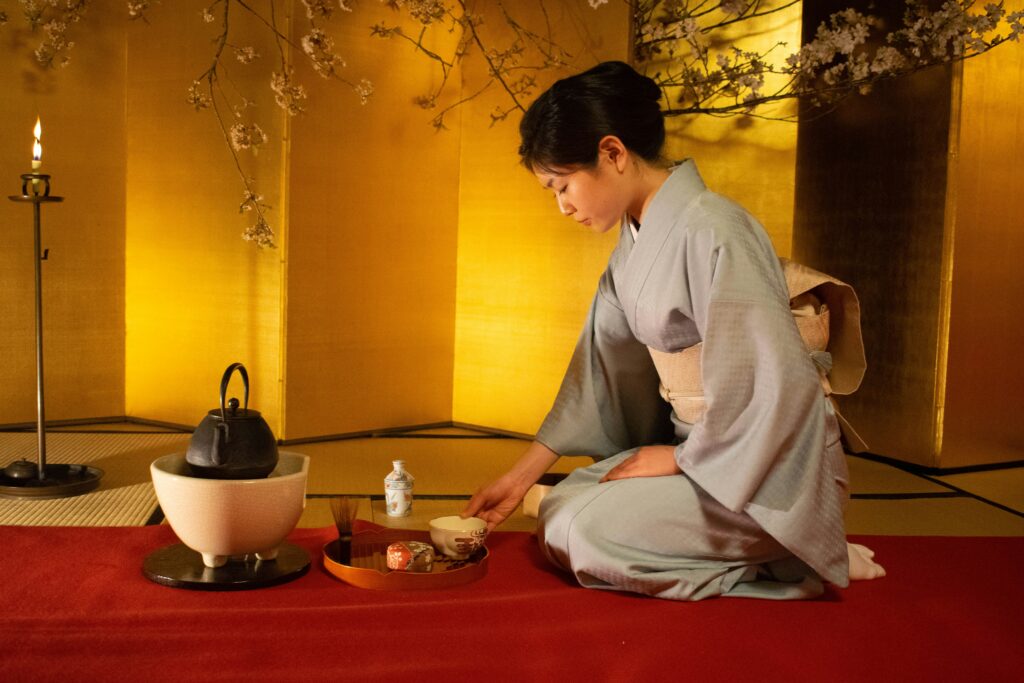
- Teishu: This is the person who thoughtfully prepares the tea and offers hospitality for you.
- Kyaku: This is the person who receives and drinks the tea. Today, you will be invited as this guest.
It’s important to listen to the host’s movements and words, and to savor their hospitality with all your heart.
3. What Kind of Tea Will Be Served?
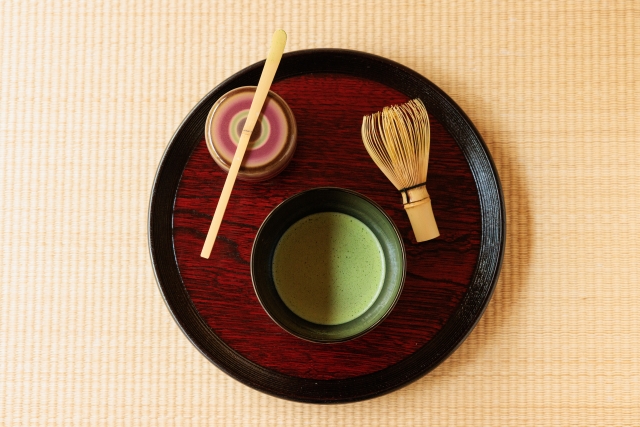
The main tea used in a tea ceremony is matcha. Matcha is powdered green tea made from specially cultivated tea leaves, mixed with hot water and whisked until frothy.
Along with the tea, wagashi (Japanese sweets) will be served. These help to soften matcha’s bitterness and allow you to enjoy the tea even more. Many wagashi are visually stunning, reflecting the season, so you can enjoy them with your eyes as well.
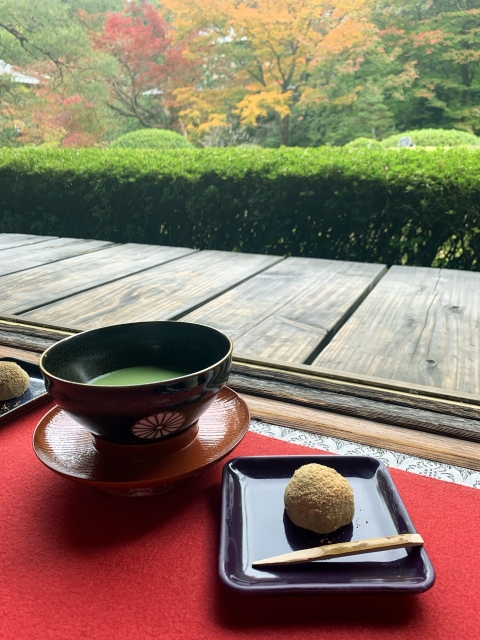
4. The Flow of the Ceremony and Etiquette
While it varies slightly by location, here’s a general flow and useful etiquette to know.
- Entering the Room: When entering the tea room, you might need to stoop low to pass through a small entrance. This symbolizes that people of all statuses bow their heads when entering, representing the tea ceremony’s spirit of equality.
- Greetings: You might exchange brief greetings with the host before they prepare the tea. Expressing sentiments like “Thank you for today” is a good idea.
- Eating Wagashi: Before drinking the tea, you’ll eat the wagashi. Use chopsticks or a pick to cut it into bite-sized pieces.
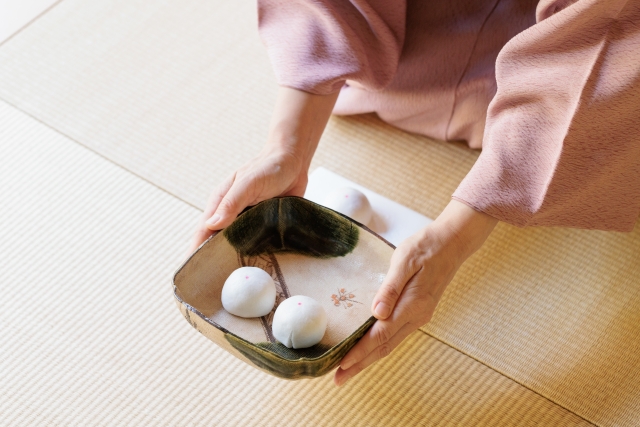
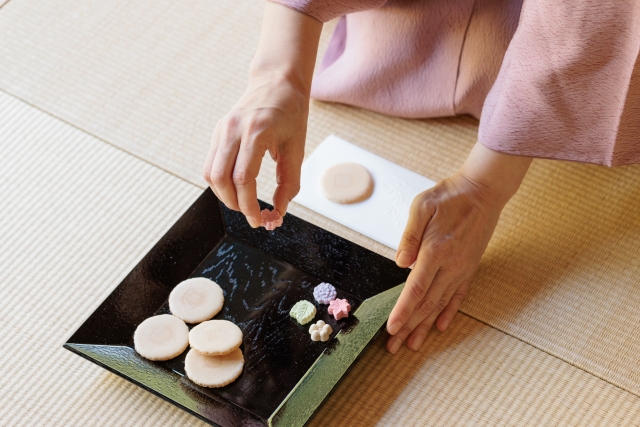
- Drinking Tea: Once the host prepares the tea, it will be brought to you. The tea bowl has a “front,” so you’ll turn it to avoid the front before drinking. After finishing, wipe the rim and turn the bowl back to face the host. The etiquette might seem a bit complex, but the host will gently guide you, so don’t worry.
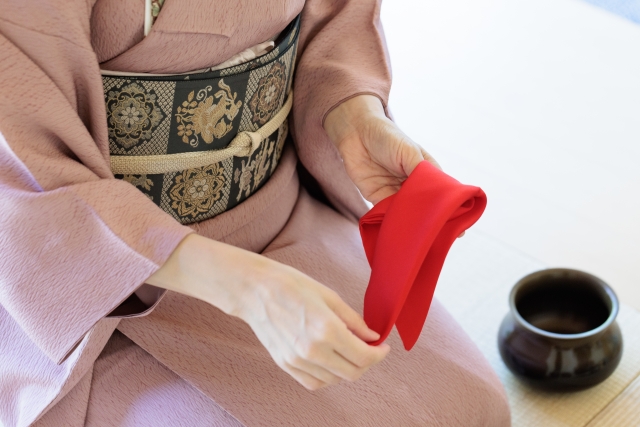
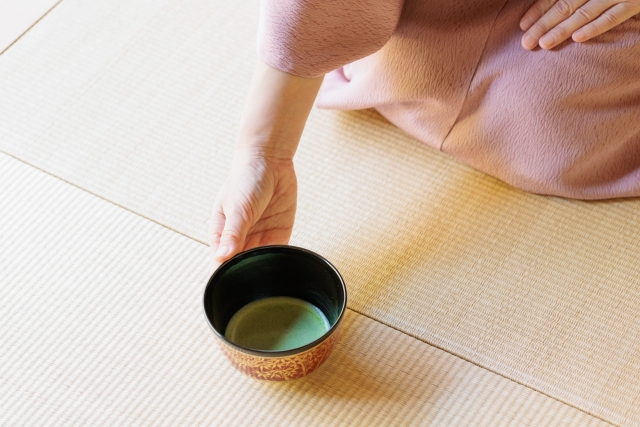
- Expressing Thanks: At the end of the experience, thank the host. A simple “Thank you for a wonderful experience” is perfectly sufficient.
5. What Should I Wear?
No special attire is required, but there are a few points to keep in mind.
- Cleanliness: Clean and simple clothing is preferred.
- Minimize Perfume: Avoid strong perfumes to not interfere with the delicate aroma of the tea.
- Limit Accessories: Large rings or bracelets might scratch the tea bowl or get in the way during the tea preparation.
- Socks: Avoid bare feet; wear clean socks.
“Discoveries” You Can Make Through a Tea Ceremony Experience
By learning a little beforehand, you won’t just be drinking tea; you’ll begin to notice the deeper meanings and aesthetic sensibilities of the tea ceremony.
- Beauty Felt with All Five Senses: The tranquil space, the color of the matcha, the feel of the tea bowl, the sweetness of the wagashi, the aroma of the tea… by sharpening your five senses, you can touch upon Japan’s delicate sense of beauty.
- Focusing on “Now”: The tea ceremony teaches us to focus on “this very moment,” free from past or future worries. You can find release from daily busyness and enjoy a peaceful time.
- Connecting with Others: The gentle interaction that develops between you and the host can make you feel a connection that transcends words.
Now, Step into the World of Tea!
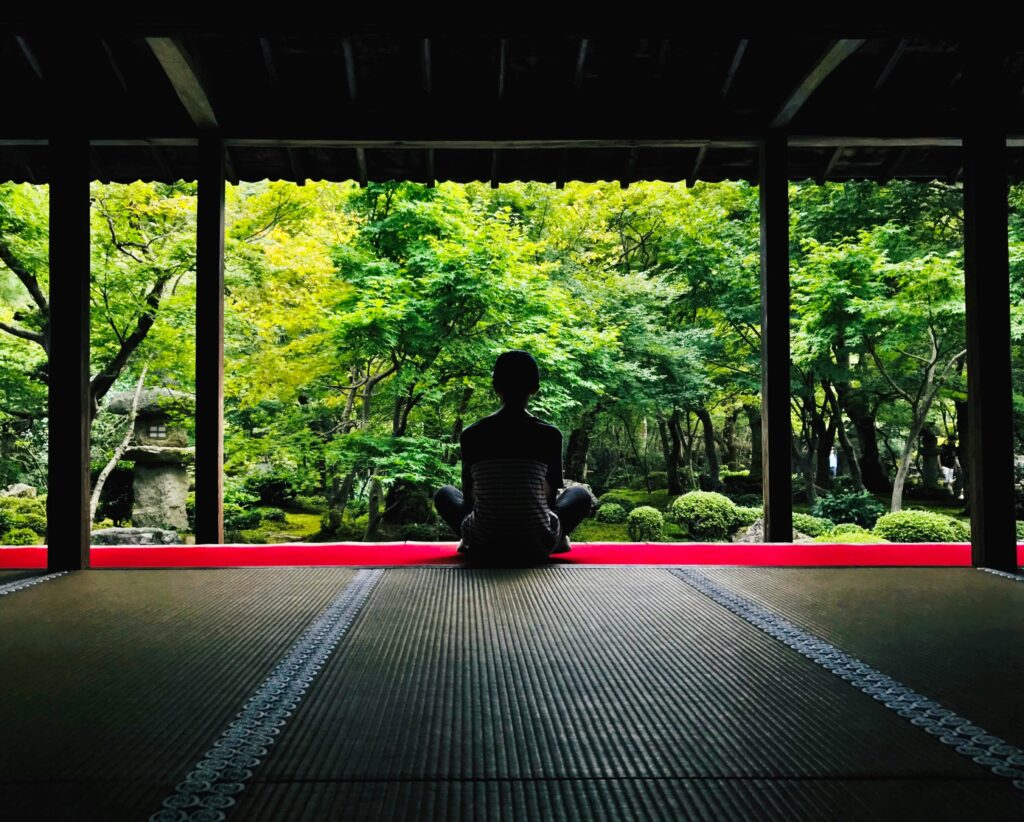
The tea ceremony is a wonderful key to unlocking the door to Japanese culture. A little prior knowledge will transform your experience into something much richer. Please take this opportunity to step into the beautiful world of the Japanese tea ceremony. Surely, unforgettable感動 (kandō – deep emotion/impression) and new “discoveries” await you.
May your tea ceremony experience be a wonderful one!

